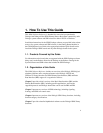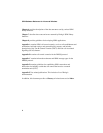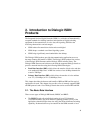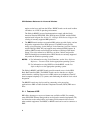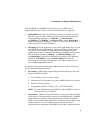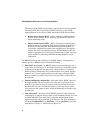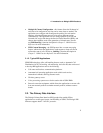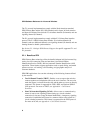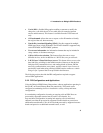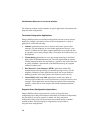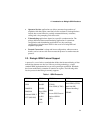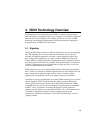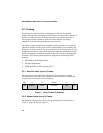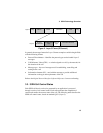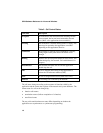2. Introduction to Dialogic ISDN Products
9
• Vari-A-Bill. A flexible billing option enabling a customer to modify the
charge for a call while the call is in a stable state (for example, between
answer and disconnect). This feature is available from the AT&T network
only.
• ANI-on-demand. Allows the user to request a caller ID number to identify
the origin of the call, when necessary.
• Non-facility Associated Signaling (NFAS). Provides support for multiple
ISDN spans from a single D channel. The NFAS D channel is supported only
on the DTI/240SC and DTI/300SC products.
• User-to-user information. An information element that may be included in
setup, connect, or disconnect messages.
• Call-by-Call service selection. This feature allows the user to access
different services, such as an 800 line or a WATS line, on a per call basis.
• LAP-D Layer 2 (Data Link Layer) access. This feature allows access to the
data link layer, providing for the reliable transfer of data across the physical
link (physically connected devices), and sending blocks of frames with the
necessary synchronization, error control, and flow control. Layer 2 access is
particularly useful when using a Dialogic ISDN board to connect to a switch
using a Layer 3 protocol that is not provided in the firmware.
The following sections describe the PRI configurations required to support
various ISDN applications.
2.2.2. PRI Configurations and Applications
Using the Dialogic ISDN Primary Rate product, software applications operating in
the host PC can control Primary Rate line connectivity. The boards can be
configured as terminating devices or installed in a variety of drop-and-insert
configurations.
In a terminating configuration, incoming or outgoing calls on ISDN lines are
processed by supported resource boards (such as voice boards). In a
drop-and-insert configuration, incoming and outgoing calls (on individual
channels) can either be processed by supported resource boards or passed on to
additional network boards. Calls can also be both processed by supported resource
boards and passed on to additional network boards, as well.



